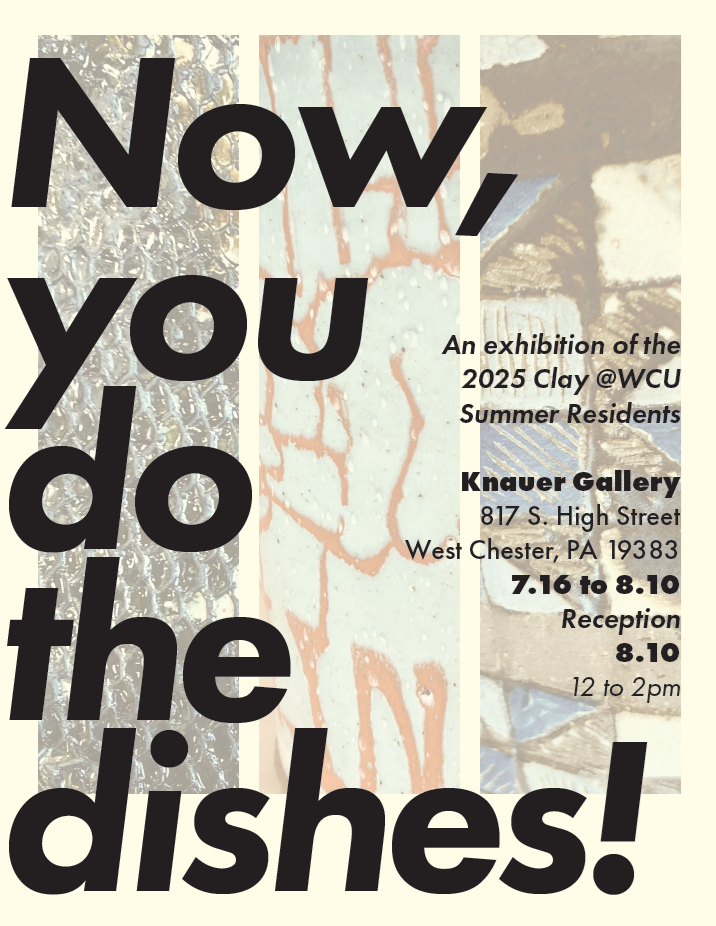The Language of a Chair at Colonna Contemporary
- Victoria Rose
- Aug 14, 2024
- 4 min read
Where: Colonna Contemporary, Louella Court, Wayne, PA
On View: Through September 12, 2024

Resident Artists are part of a tradition that spans over 500 years, a legacy started by the great patrons of the Renaissance which has continued through to our modern world. These programs offer artists the opportunity to expand their horizons while supporting their work and livelihoods. Residency Unlimited in Brooklyn, New York provides customized residencies for international and local artists working in contemporary art. At Colonna Contemporary, Zuban-e-Kusri (the language of a chair) by Zahra Jewanjee presents the results of a residency, as well as insight into the convergence of art, nature, and craft.

Most of the work in this show was created by Jewanjee at Artist Alliance, Inc. in New York City. “This was a great space for me to really focus and hone my making as I had limited time, and I am amazed at how much I was able to produce,” said Jewanjee. The artist has exhibited throughout the world, working in painting, sculpture, and photography.
The residency program forged new relationships that impacted her work. “Beyond connecting with artists, I also met many writers and poets whose insights into my work were both exciting and impactful,” she said. “Their curiosity and enthusiasm led to many great conversations. It was in these moments that the work truly became transdisciplinary, as viewers began to explore it through the lens of their own fields.”
Michele Colonna, owner and curator of Colonna Contemporary, has been a collector and appreciator of Jewanjee for years. “I think it’s a unique opportunity for the community to experience a one-of-a-kind talent and partake in one of the most consequential shows we’ve ever offered,” he said. “There’s no doubt in my mind that Zahra’s career is one for the ages and I couldn’t be more proud to say that we’ve had her brilliant work in our midst.”
This show presents artworks created during the residency program. “It’s a body of work that builds on the preceding work, which in my mind speaks to a level of consistency and seriousness in approach from the artist’s standpoint,” said Colonna. “Zahra has committed her artistic practice to the subject with the same rigor and discipline that a scientist would.”

Using elements of chairs to mimic natural cycles and interactions is something that Jewanjee has been exploring for over a decade. Jewanjee was kind enough to explain her thoughts, with fascinating insight into the juxtaposition of nature and crafted form:
The discovery lies in the process, but nothing good comes easily. I’ve been grappling with epistemological ideas by drawing references from science and Sufism, and as an artist, it was a challenge for me to create a visual language that stems from cognition rather than a direct response to stimuli. I am drawn to systems and the idea of organized chaos, especially in relation to group dynamics that exist in nature. Seeing from the lens of colonization and belonging, individual and collective behaviors, agency and marginalization seem to be evident on various scales, whether they are groups of birds or microbes.
I wanted to create work where everything breaks down to the point of entropy, collapsing all constructs. I am also interested both in Abstraction and Figuration; using signs and symbols felt like a natural progression, and that led to the symbolism of using chair parts that are designed only for humans, so I took a classic Windsor chair, a totem of British colonization befitting to the conceptual framework I was tackling, but then the need to turn it into some sort of a system influenced me to invent a fictive language out of chair parts that function as an apparatus to generate algorithmic environments within the paintings, adding an invisible layer to it. I can go on . . . but I have come to describe my work as a visual poetry and an anthropological response to how I observe the world around me.
The show is all about connections, how communities come together while also retaining individual aspects. “By delving into the seemingly chaotic yet intrinsically ordered behaviors observed in nature, Zahra’s art reveals the delicate balance between individuality and collectivity,” Colonna explained. “The convergence of nature, science, and Sufism in her art offers a unique lens through which to view the world, urging us to find harmony in what might initially appear as disarray. Zahra's exploration of the dynamics of group formation and the interplay between structure and spontaneity mirrors our own societal challenges and triumphs, making her work not only visually captivating but also thought-provoking and relevant.”

Jewanjee looks to create artwork which invites each viewer to bring their own reading, “to slow down viewers and create space for open interpretation.” The use of a symbol as simple and commonplace as a chair is intriguing, forcing viewers to reconsider and bring themselves into conversation with the pieces. As Jewanjee said, “I hope the viewers can be viscerally involved with some of the pleasure and intrigue that I experience while creating the works, becoming engaged in a way that allows the narrative to nourish them continually.”





Comments